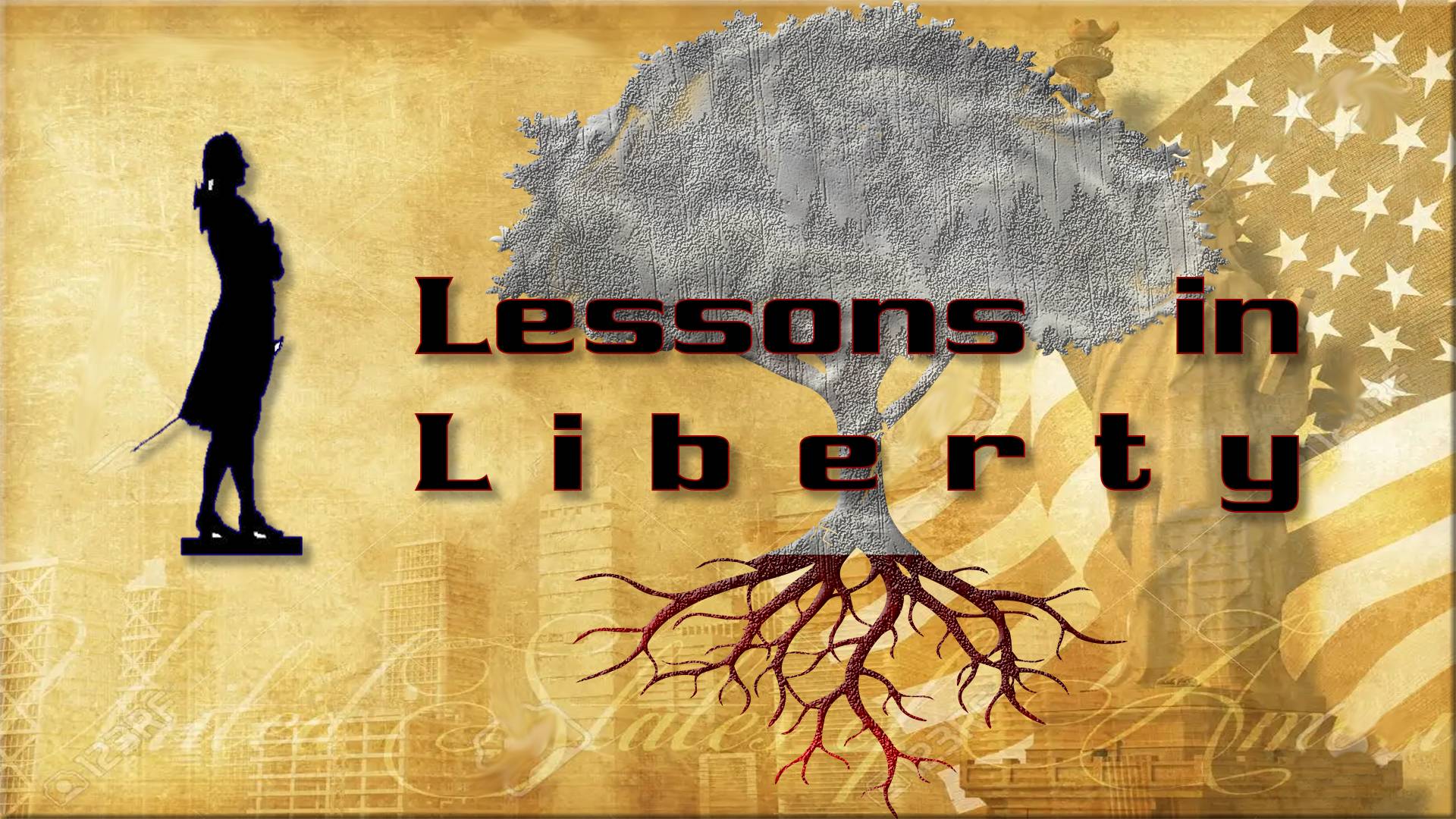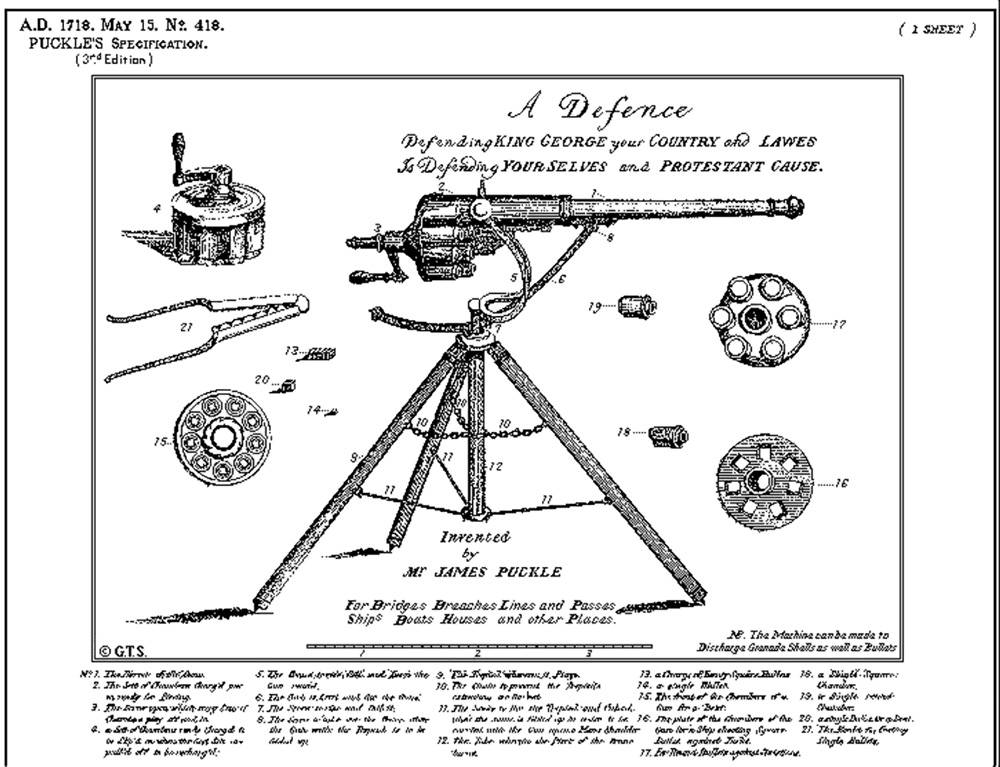
Exploring the Historical Meanings and Context of Key Terms Such As “Well-Regulated Militia” and Others
In the 1700s, language and its usage were different from what we know today. Terms like “arms,” “well-regulated,” and “militia” held nuanced meanings that reflected the social and historical context of the time. This is very important to pay attention to as many anti-gun activists like to throw around words in the 2nd amendment that don’t mean what they think they mean.
Let’s delve into these definitions and gain a deeper understanding of their significance during this period.
Arms in the 1700s: Weapons for Defense and Warfare
During the 1700s, the term “arms” referred to various weapons and firearms used for military or personal defense purposes. These arms encompassed a wide range of weaponry, including swords, muskets, rifles, pistols, cannons, and other firearms. In an era marked by conflict and the need for self-defense, these arms played a significant role in shaping warfare and personal security.
Arms in the 1700s encompassed a diverse array of weapons that were crucial for defense and warfare during the period. These weapons reflected the technological advancements and military strategies of the time. Understanding the types of arms used in the 1700s helps us grasp the realities of combat and the tools available to individuals and military forces.
- Swords: Swords were a common weapon of choice for close-quarter combat. They varied in design, ranging from the iconic broadswords to rapiers and cutlasses. Swords provided a means of engaging in hand-to-hand combat and were particularly prevalent among cavalry units.
- Muskets: Muskets were the primary long-range firearms used by infantry troops in the 1700s. They were muzzle-loading smoothbore firearms, typically fired from the shoulder. Muskets played a significant role in battles and were instrumental in shaping military tactics and formations during the era.
- Rifles: Although less common than muskets, rifles were also utilized in the 1700s. These firearms featured a spiral grooved barrel (rifling) that imparted spin to the bullet, resulting in improved accuracy and range compared to muskets. However, rifles were slower to reload due to the tighter fit of the bullet in the barrel.
- Pistols: Pistols served as secondary firearms and were used by both military personnel and civilians for personal defense. They were smaller, handheld firearms that could be easily carried and drawn for close-quarters combat.
- Cannons: Cannons were large artillery pieces used in warfare. They ranged from smaller field cannons to massive siege cannons used in fortifications and naval battles. Cannons played a pivotal role in siege warfare and naval engagements as well as civilian merchant ship defense against pirates, providing firepower and the ability to breach fortifications.
- Early Machine Guns: Yes. There were early versions of machine guns patented as far back as 1718. The puckle gun, named after James Puckle, was one such machine gun that was so expensive it’s said that only 2 ever went into production.
These arms were essential for defense, maintaining order, and engaging in military campaigns during the 1700s. They shaped the strategies, tactics, and outcomes of battles and had a significant impact on personal security and the defense of nations.
Sources:
- Chartrand, R. (2010). Weapons & Equipment of the Napoleonic Wars. The Crowood Press.
- Blackmore, H. L. (2001). British Military Firearms, 1650-1850. Windrow & Greene Publishers.
- McAulay, J. D. (2004). Musket, Map, and Money: How Military Technology Shaped Geopolitics and Economics. Hill and Wang.
- Griffith, P. (1996). Battle Tactics of the Civil War. Yale University Press.
Well-Regulated: Discipline, Organization, and Functionality
The term “well-regulated” held a distinct meaning in the 1700s, different from its modern usage. During that time, it denoted something that was properly organized, disciplined, and functioning effectively. When applied to discussions around militias and the Second Amendment of the United States Constitution, the phrase “a well-regulated Militia” was commonly interpreted as a militia that was properly trained, equipped, and organized. It emphasized the importance of maintaining a militia that was efficient, disciplined, and capable of fulfilling its intended purpose.
In the 1700s, the term “well-regulated” carried a specific connotation related to the organization and effectiveness of militias. Understanding the historical context sheds light on its interpretation during that era.
- Halbrook, S. P. (2008). The Founders’ Second Amendment: Origins of the Right to Bear Arms. Independent Institute. In this book, Stephen Halbrook explores the origins and historical context of the Second Amendment, providing insights into the interpretation of the phrase “a well-regulated Militia” and its implications.
- Rakove, J. N. (1996). Original Meanings: Politics and Ideas in the Making of the Constitution. Vintage Books. Rakove’s work delves into the debates and discussions surrounding the framing of the Constitution, offering perspectives on the interpretation of terms such as “well-regulated” and their relevance to the militia (well-regulated militias).
- Amar, A. R. (1998). The Bill of Rights: Creation and Reconstruction. Yale University Press. Akhil Reed Amar’s book examines the origins and historical development of the Bill of Rights, including the Second Amendment, providing valuable insights into the intent and interpretation of the “well-regulated Militia” phrase.
- Cornell, S. (2006). A Well-Regulated Militia: The Founding Fathers and the Origins of Gun Control in America. Oxford University Press. Saul Cornell’s work explores the early history of gun regulation and the context in which the Second Amendment was framed, shedding light on the meaning of “well-regulated” and its implications.
By consulting these scholarly works, readers can gain a deeper understanding of the term “well-regulated” as it was understood in the 1700s and its significance in relation to the militia and the Second Amendment.
Militias: Citizen Forces for Community Defense
In the 1700s, the term “militia” referred to a civilian force composed of ordinary citizens who were trained and available for military service when needed. These militias were a crucial component of local or regional defense, called upon to protect the community, respond to emergencies, or assist in the defense of the country. Organized at the state or local level, militias were seen as a means of ensuring the security and self-defense of the community or region. They played a significant role in early American history, particularly during the colonial period and the American Revolutionary War.
Understanding the historical definitions of these terms provides valuable insights into the mindset and circumstances of the 1700s. It allows us to appreciate the importance of arms, well-regulated militias, and the role they played in shaping the social fabric and security measures of that era.
As we reflect on the past, it is crucial to recognize the evolving nature of language and concepts. By exploring the meanings of these terms in their historical context, we gain a deeper understanding of their significance and can better grasp the intentions of those who used them during this transformative period in history.
We can also learn to better understand what our Founders meant with the words they used in the second amendment. “Well-regulated militia” for example didn’t mean government regulated. Which, ignoring the fact that simply wouldn’t make sense to begin with, simply meant to keep well-maintained and disciplined.
You can find more details on what the founders meant by their words in reading the Federalist and Anti-Federalist Papers as well as throughout their own writings elsewhere.
How versed are you on the Constitution and Bill of Rights? Let us know your thoughts in the comments below and look forward to more articles in our Lessons of Liberty series column.

